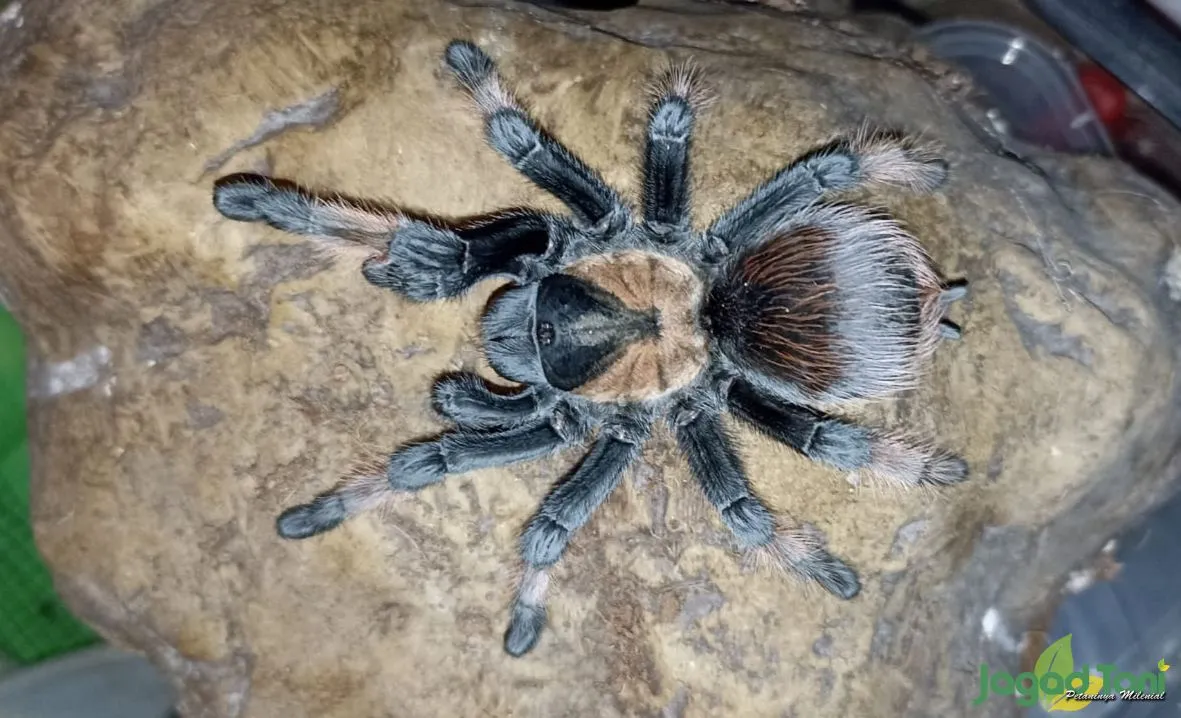5 Tips for Tarantula Pemula
Embarking on the journey of tarantula ownership can be an incredibly rewarding experience. These fascinating creatures, with their diverse appearances and unique behaviors, have captivated the hearts of many pet enthusiasts. However, before you bring a tarantula into your home, it’s crucial to equip yourself with the necessary knowledge to ensure their well-being. This guide is designed to provide essential tips for those new to tarantula care, helping you create a thriving environment for your eight-legged friend. From selecting the right species to understanding their specific needs, we’ll cover the fundamentals of responsible tarantula ownership. Let’s dive into the world of tarantulas and learn how to provide them with the best possible care.
Choose the Right Tarantula for Pemula
Not all tarantulas are created equal when it comes to suitability for beginners. Some species are known for their docile temperaments and relatively easy care requirements, making them ideal choices for those new to the hobby. Researching and selecting the right species is the first crucial step. Consider factors such as temperament, growth rate, and specific environmental needs. It’s better to start with a species that is less likely to be defensive or have complex care needs. The goal is to create a positive and low-stress experience for both you and your tarantula.
Consider Size and Temperament
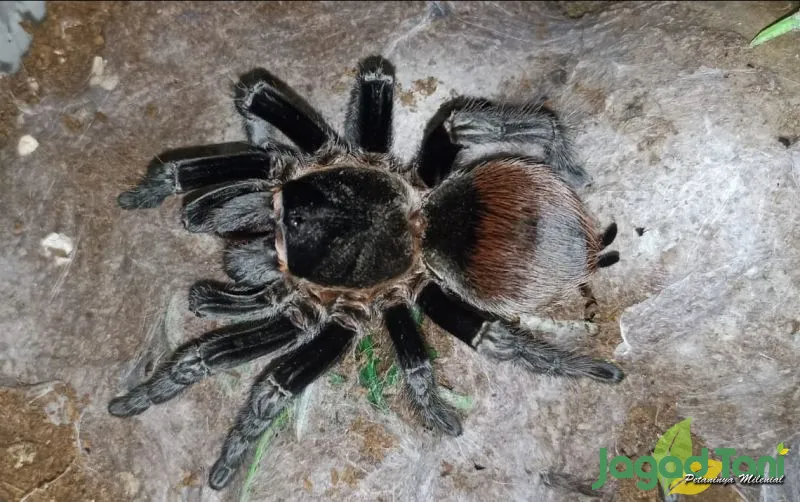
When choosing your first tarantula, consider both its size and temperament. Larger tarantulas often require larger enclosures and may have more specific temperature and humidity needs. Regarding temperament, some species are known for being more docile and less likely to bite or display defensive behaviors. For example, the Chilean Rose Hair tarantula (Grammostola rosea) is known for its calm demeanor, which makes it a great choice. On the other hand, some species are faster and more prone to bite if they feel threatened. Starting with a calmer species can help you build confidence and experience before considering more challenging species.
Research Species-Specific Needs
Before bringing any tarantula home, conduct thorough research on the specific needs of the species you’re interested in. Different species have different requirements regarding habitat, temperature, humidity, and feeding. Some may prefer a drier environment, while others thrive in a more humid setting. Similarly, feeding habits and preferred prey can vary from species to species. Understanding these specifics is vital for ensuring your tarantula’s health and longevity. Online resources, books, and experienced tarantula keepers can provide valuable information. Always ensure the information is up to date and from reputable sources before making a decision.
Create a Suitable Habitat
Creating a suitable habitat is paramount to the well-being of your tarantula. The enclosure should mimic the spider’s natural environment as closely as possible. This involves selecting the right enclosure, providing appropriate substrate, and maintaining the correct temperature and humidity levels. A well-designed habitat provides a safe and comfortable space for your tarantula to thrive, allowing it to exhibit natural behaviors and stay healthy. Remember that the habitat isn’t just a container; it’s the tarantula’s entire world.
Select the Right Enclosure
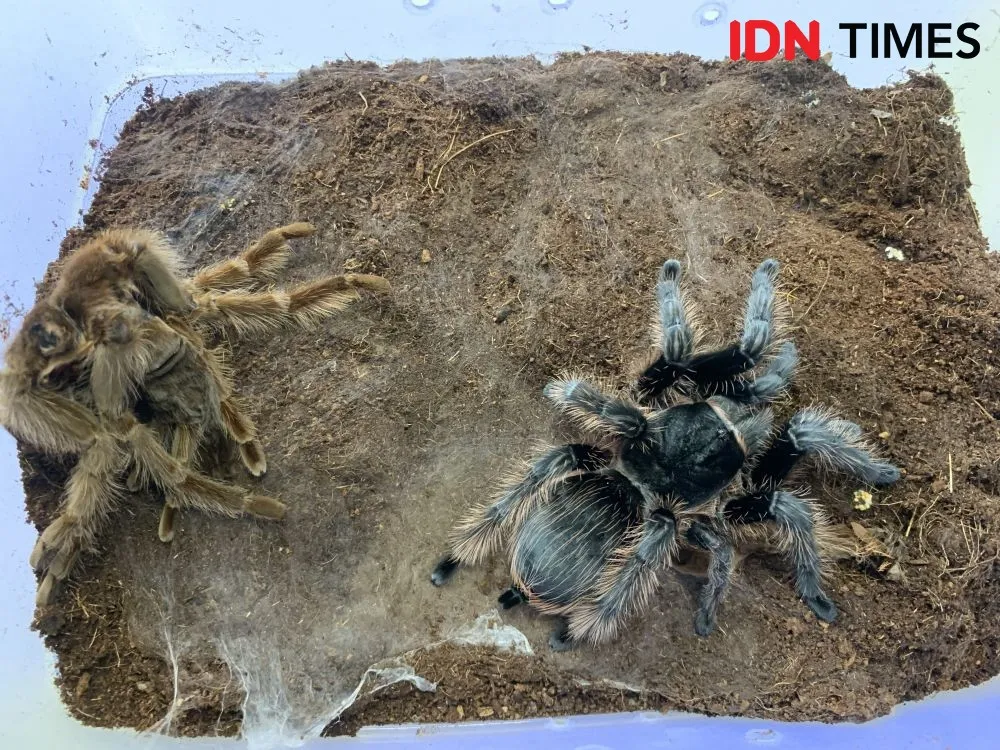
The enclosure is the foundation of your tarantula’s habitat. The size of the enclosure should be appropriate for the species and size of your tarantula. It should be large enough for the spider to move around comfortably, but not so large that it feels insecure. Clear plastic or glass enclosures are commonly used, as they provide excellent visibility. The enclosure must also have a secure lid to prevent escapes. Good ventilation is also necessary to maintain air quality and prevent mold growth. Ensure that the enclosure is easy to clean and maintain, and that it is made of non-toxic materials.
Provide Appropriate Substrate
Substrate is the material that covers the bottom of the enclosure and provides a surface for the tarantula to walk on and burrow in. The choice of substrate depends on the tarantula species’ needs. Some species prefer a drier environment, while others require higher humidity. Commonly used substrates include coconut fiber, peat moss, and vermiculite. The substrate should be deep enough to allow for burrowing, if the species burrows. It should also be non-toxic and free of pesticides. Regularly monitor the substrate for cleanliness and replace it as needed to prevent the growth of mold or bacteria.
Maintain Optimal Temperature and Humidity
Temperature and humidity are two of the most critical environmental factors for tarantula health. Most tarantulas thrive in temperatures between 70 and 80 degrees Fahrenheit. Humidity levels vary depending on the species, but can be monitored using a hygrometer. You can increase humidity by misting the enclosure with water or providing a water dish. Too much humidity can lead to mold growth, while too little can cause dehydration. Ensure you maintain the appropriate temperature and humidity levels for your tarantula species. A good way to measure the levels is using a thermometer and a hygrometer.
Properly Feed Your Tarantula
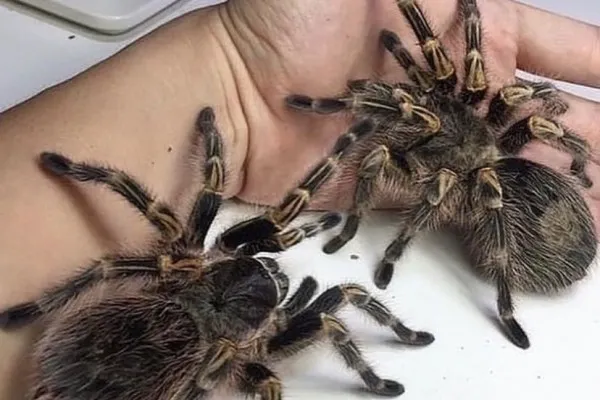
Feeding your tarantula correctly is essential for its health and growth. Tarantulas are opportunistic predators, and their diet typically consists of insects. Understanding their nutritional needs, choosing appropriate prey, and feeding them the right amount at the right frequency is vital for their survival. It’s also crucial to be mindful of the tarantula’s molting cycle, as it impacts its feeding habits. A well-fed tarantula is a healthy tarantula.
Choose the Right Food
The diet of a tarantula typically consists of insects. Crickets, mealworms, and roaches are common choices. The size of the prey should be appropriate for the size of the tarantula; generally, the prey should be no larger than the tarantula’s abdomen. It’s important to gut-load the insects before feeding them to your tarantula. This means feeding the insects a nutritious diet, so they pass on the nutrients to your spider. Ensure the insects are pesticide-free to prevent harming your tarantula. Variety in the diet can be beneficial, offering a mix of different insects to provide a more balanced nutrition profile.
Feeding Frequency and Amount
Feeding frequency depends on the age and size of your tarantula. Spiderlings typically require more frequent feeding, usually every other day or every day. Adult tarantulas can be fed less frequently, often once or twice a week. Adjust the feeding amount based on the tarantula’s appetite and how much of the prey it consumes. Overfeeding can lead to health problems, while underfeeding can stunt growth. Also, always remove any uneaten prey within 24 hours to avoid stressing your tarantula and preventing mold growth. Monitor your tarantula’s abdomen size; a healthy tarantula should have a plump abdomen.
Handle with Care (or Not At All)
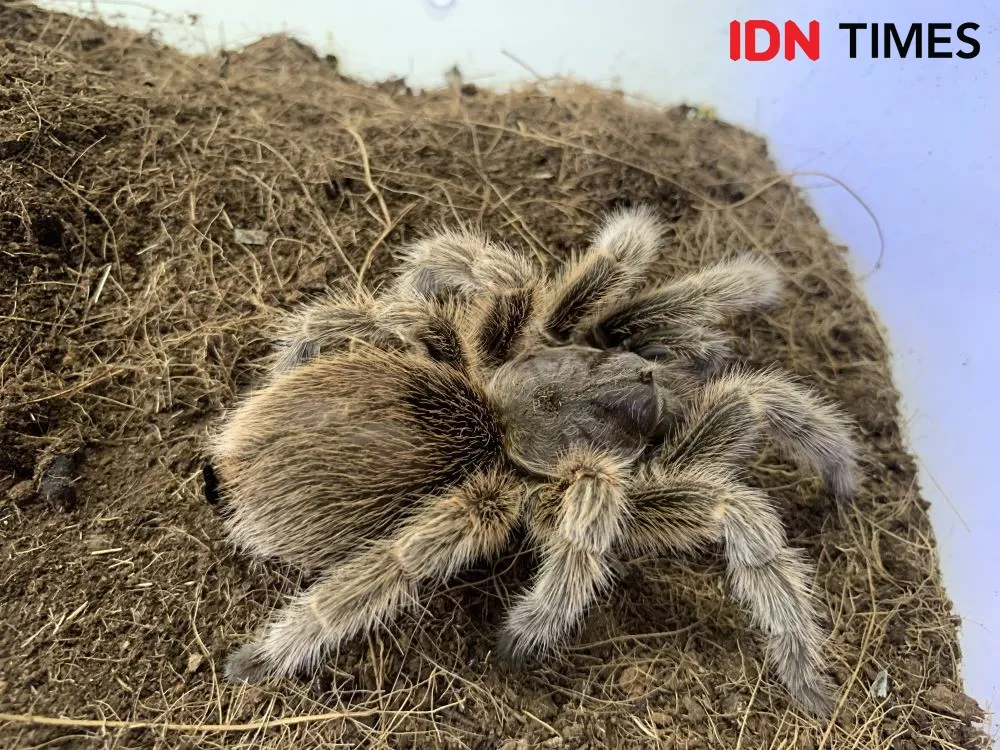
Tarantulas are not generally meant to be handled. While some species are calmer than others, handling a tarantula can be risky for both you and the spider. Tarantulas can be easily injured if they fall from a height. They can also bite if they feel threatened, and while the venom of most tarantulas is not life-threatening to humans, it can still cause pain and discomfort. Therefore, it’s often best to admire your tarantula from a distance and refrain from handling it unless absolutely necessary, such as when moving the tarantula for cleaning or maintenance purposes.
Understand the Risks
When deciding whether to handle a tarantula, understand the potential risks. Tarantulas have sensitive bodies, and a fall from even a short distance can be fatal or cause serious injury. Some species also have urticating hairs, which they can flick off their abdomen as a defense mechanism, causing skin irritation and discomfort. Additionally, the bite from a tarantula can be painful, and while not typically life-threatening, it can require medical attention. Always weigh the benefits of handling against the potential risks to both yourself and your tarantula.
Observe from a Distance
One of the most rewarding aspects of tarantula ownership is observing their behavior in their habitat. You can learn a lot about your tarantula by watching how it eats, moves, and interacts with its surroundings. You will see the unique behaviors they exhibit. Observe their interactions with their substrate and any enrichment you provide. This observation helps you to understand your tarantula’s needs better and ensures its well-being. Admire your tarantula’s beauty and observe its fascinating behavior from a safe distance, and you will enjoy the experience.
5 Tips for Tarantula Pemula
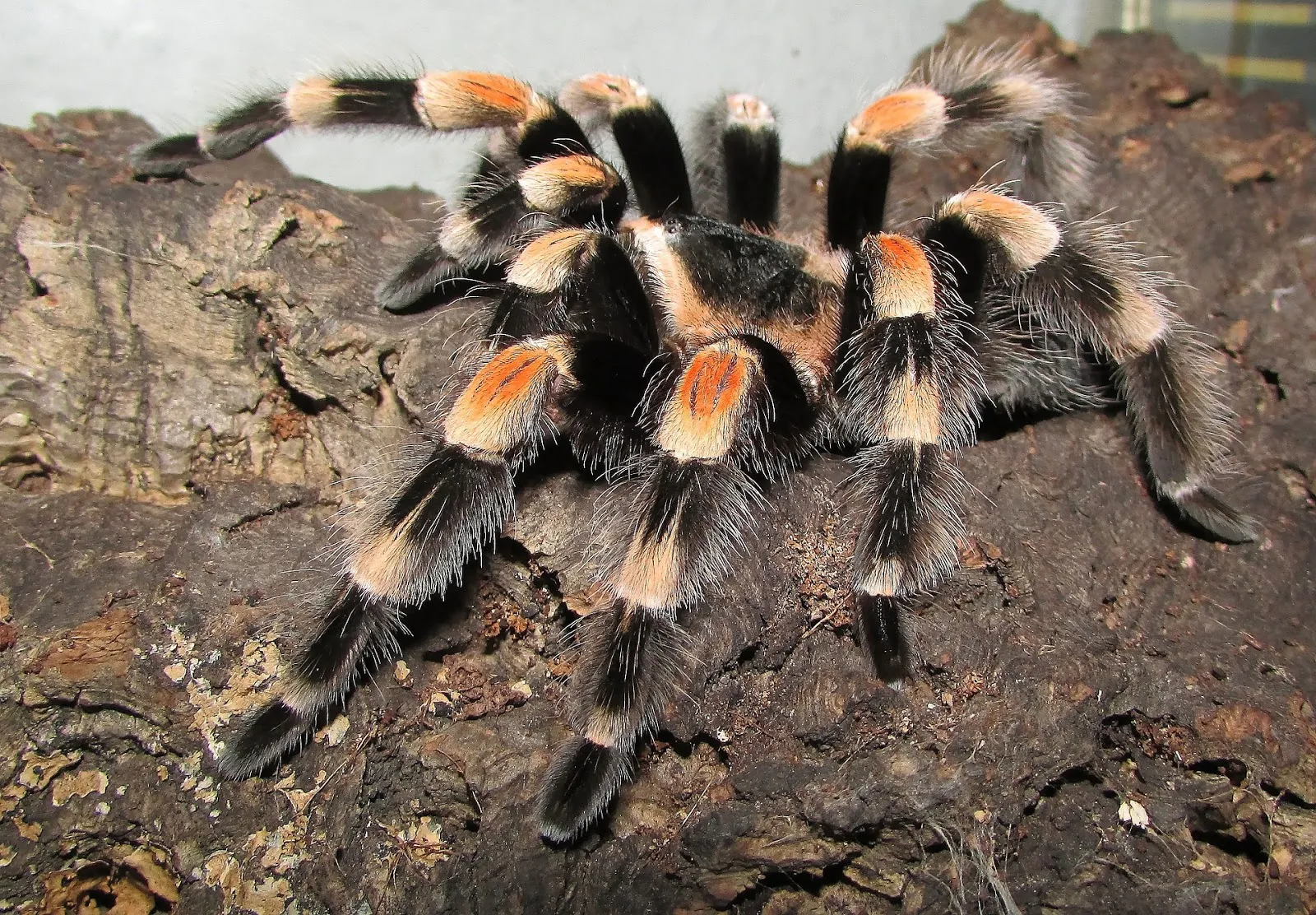
In conclusion, caring for a tarantula is a rewarding experience, but it requires careful planning, research, and a commitment to providing the right environment. By following these five tips for beginners — choosing the right species, creating a suitable habitat, feeding appropriately, handling with caution, and observing their behavior — you can enjoy the fascinating world of tarantulas while ensuring the health and happiness of your eight-legged friend. Remember, responsible tarantula ownership is about providing a safe, enriching, and comfortable life for these amazing creatures.
